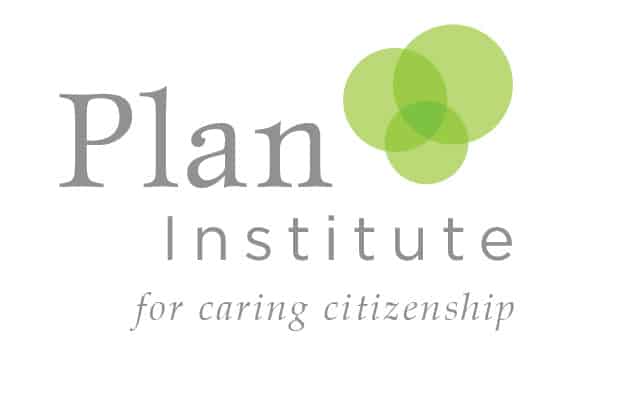Guest Post written by our friends at British Columbia Aboriginal Network on Disability Society (BCANDS)
In November 2015, Indigenous Disability Awareness Month (IDAM) was first recognized and officially proclaimed by the Métis Nation British Columbia, the BC First Nations Summit and the Province of British Columbia. In 2016, the Assembly of First Nations, the Council of Yukon First Nations and the Province of Saskatchewan all officially recognized and proclaimed the month as well.
IDAM continues to be the first and only recognition specific to Indigenous peoples living with disabilities, anywhere in the world. Indigenous Disability Awareness Month was created to raise awareness of the often-unique issues that face the Indigenous population of Canada who live with disabilities while recognizing the valuable contribution they bring to our communities on a daily basis.
Indigenous individuals and families living with a disability are a marginalized group within an already marginalized population and often the “invisible” members of the Canada’s disability sector. Indigenous peoples in Canada experience a rate of disability twice that of the non-Indigenous population. As well, it is known that the prevalence of disabilities and the likelihood of becoming disabled increases within impoverished populations such as the conditions seen within many Indigenous communities. In 2016, 80% of Canada’s First Nation communities (4 out of 5) had median incomes that fell below the poverty line (Stats Canada).
Barriers faced in Canada by Indigenous peoples living with a disability and their families include competition for limited resources; lack of information on available external resources and how to access them; jurisdictional issues; remoteness and transportation; and experienced discrimination / racism, to name only a few.
The British Columbia Aboriginal Network on Disability Society (BCANDS) has been working with Indigenous leadership organizations and federal, provincial and territorial governments to have Indigenous Disability Awareness Month recognized across Canada.
Over 500 BCANDS pins were sent to Federal MPs, Cabinet Ministers and Senators, Provincial MLAs, Premiers and Cabinet Ministers in 2018, asking them to wear the pin during November in recognition of Indigenous Disability Awareness Month and their support for Indigenous peoples living with disabilities.
In response, BCANDS has received calls from several MPs and Senators saying they will wear the pins and in BC all MLA’s and Cabinet Ministers have been approved to wear the pin during the month. On November 1st, a Member Statement in relation to Indigenous Disability Awareness Month will be read in the BC Legislature and BCANDS is currently working with Kwantlen University and Inclusion BC for an IDAM event in November.
All organizations, Indigenous, non-Indigenous, disability related and others are encouraged to officially recognize November as Indigenous Disability Awareness Month through a Board Motion or other official process, and send that document to BCANDS for recognition and promotion.
On March 27th, 28th, and 29th, 2019 BCANDS will be hosting “From the Outside Looking In… BCANDS Indigenous Disability and Wellness Gathering”, in Victoria, BC. The Gathering seeks to bring together a diverse representation of disability and health related stakeholders over a three-day period to learn, inform, share, collaborate and create new and expanded partnerships to assist in addressing the barriers facing Indigenous individuals and families living with a disability. This includes community and organizational leadership, government representatives, individuals and families living with a disability, service providers and others, both Indigenous and non-Indigenous.
For information on the Gathering and to register, please visit: Gathering 2019
